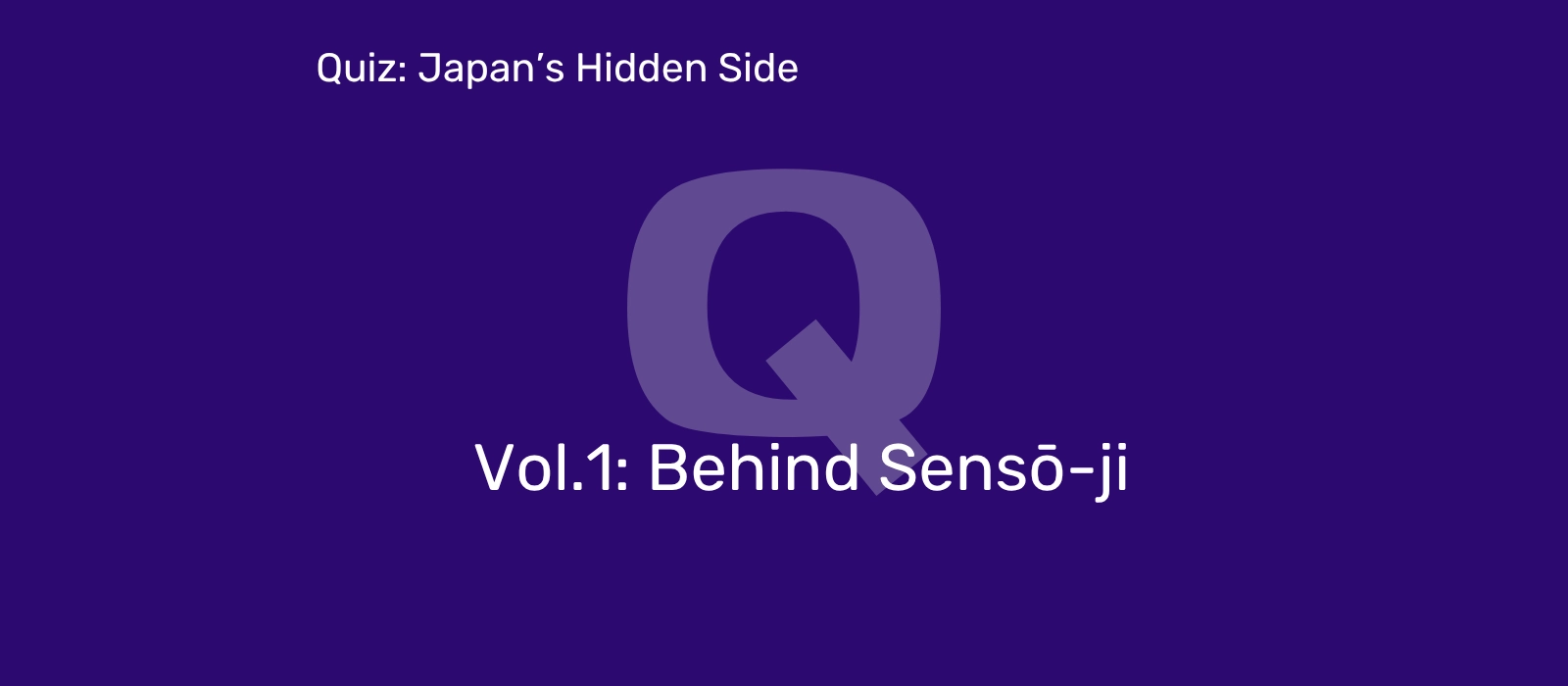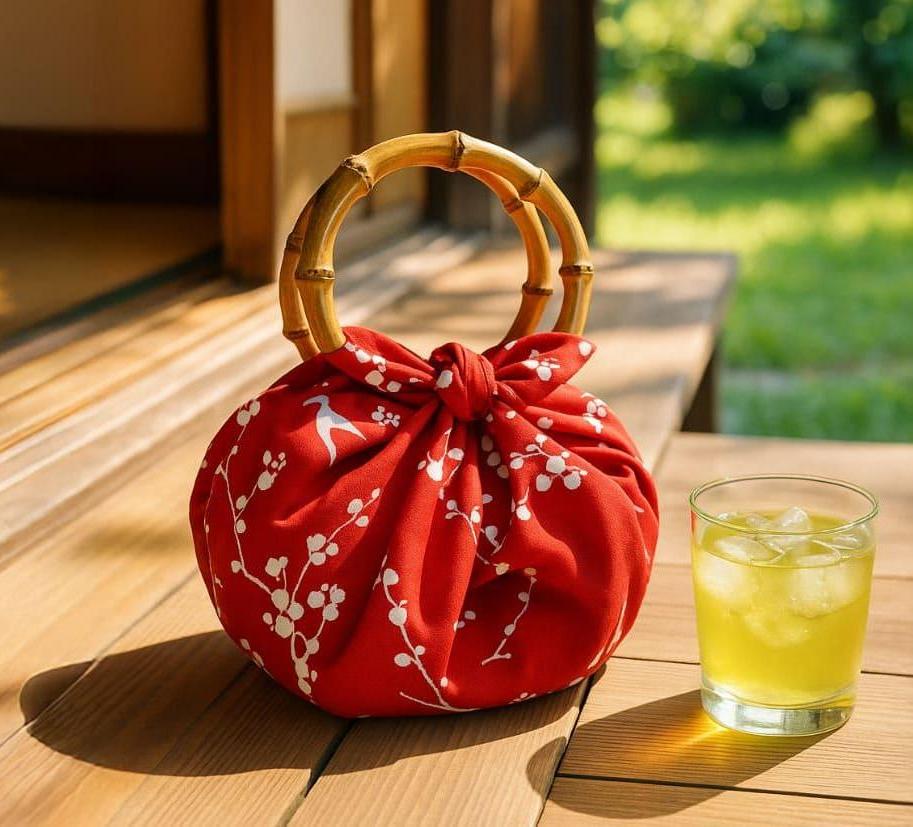Welcome to the brand-new series Quiz: Japan’s Hidden Side.
Our first volume takes you Behind Sensō-ji, the famous temple located in Asakusa, one of Tokyo’s most historic and vibrant districts.
Sure, you’ve seen it in travel guides and Instagram posts.
But do you really know what’s hiding behind that giant red lantern?
This quiz brings you five little-known facts that even many locals don’t realize — the kind that might make you want to visit in person.
Get all five right, and you might just qualify as an unofficial Asakusa guide.

1. The Quiz: 5 Questions
Q1 Bad Luck?
At temples and shrines in Japan, you can draw a little paper fortune called omikuji to see what fate has in store for you.
At Sensō-ji, though, there’s a twist — it’s famously unlucky.
So, what are the chances of drawing a “bad fortune” (kyō)?
(Difficulty: ★★☆☆☆)
- 5%
- 30%
- 50%
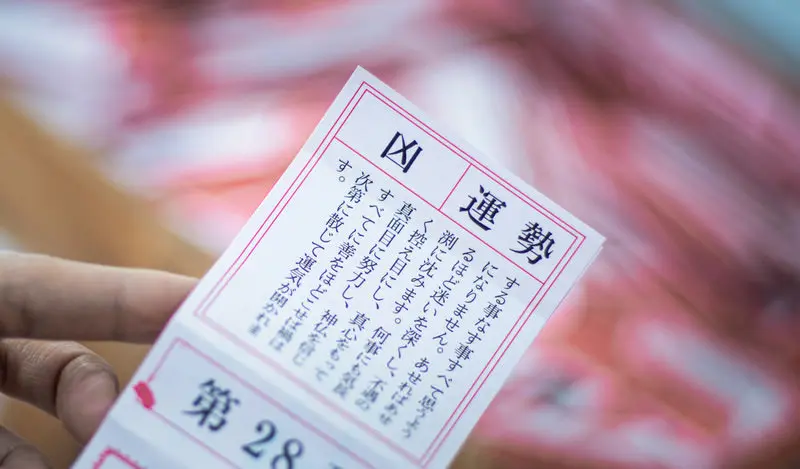
Answer (Tap or click)
2. 30%
Explanation:
Sensō-ji is known as one of Japan’s most “bad-luck-heavy” temples.
Here’s the rough breakdown:
| Japanese | Romaji | English Meaning | Approx. Share |
|---|---|---|---|
| 大吉 | Daikichi | Great blessing | ~17% |
| 吉 | Kichi | Blessing / Good luck | ~35% |
| 半吉 | Hankichi | Half blessing | ~5% |
| 小吉 | Shōkichi | Small blessing | ~4% |
| 末吉 | Suekichi | Future blessing / Modest luck | ~6% |
| 末小吉 | Sueshōkichi | Slight future blessing | ~3% |
| 凶 | Kyō | Bad fortune | ~30% |
But don’t panic if you draw a bad one — in Buddhist belief,
a “bad fortune” simply means there’s room for improvement,
a chance for things to turn around.
After all, luck is often a matter of perspective.
Q2 The Temple’s Hidden Face
On the northwest side behind Sensō-ji’s Main Hall lies a spot that most tourists never reach.
What is it?
(Difficulty: ★★★★☆)
- A pond said to summon a dragon
- An underground passage leading back to the temple gate
- A hall that serves as the true spiritual core of Sensō-ji’s worship
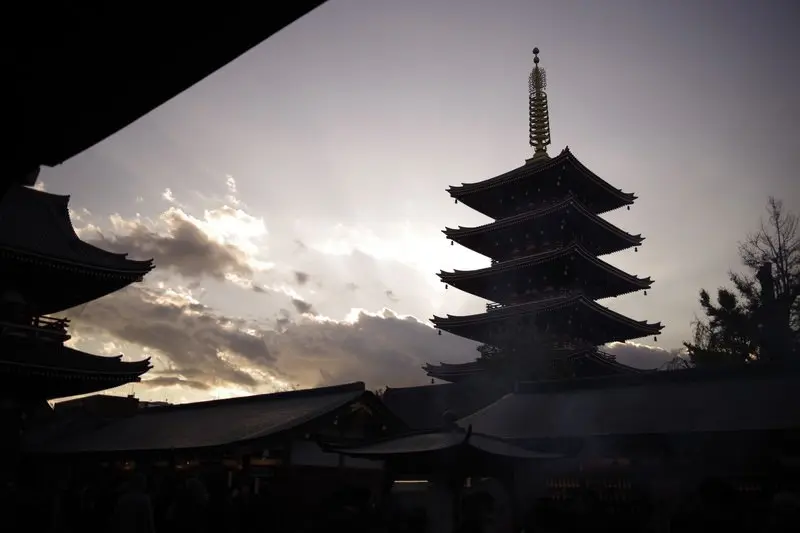
Answer (Tap or click)
3. A hall that serves as the true spiritual core of Sensō-ji’s worship
Explanation:
Sorry to disappoint those hoping for a dragon sighting.
What you’ll actually find is something far more meaningful — the Yōgō-dō (影向堂), a hall quietly standing behind the main building.
While the Kaminarimon Gate, Main Hall, and Nakamise Street form the public face of Sensō-ji,
all major Buddhist ceremonies, memorials, and monk training take place in this hidden hall.
The word yōgō (影向) literally means “the appearance of a Buddha before human eyes.”
If you want to feel the temple’s true spiritual atmosphere — away from the crowds and souvenir stalls — this is where you should go.
Q3 Seriously?
Now move to the northeast side of the main hall — technically still part of the same temple grounds.
What unexpected structure will you find there?
(Difficulty: ★★★☆☆)
- A movie theater
- A market
- A Shintō shrine
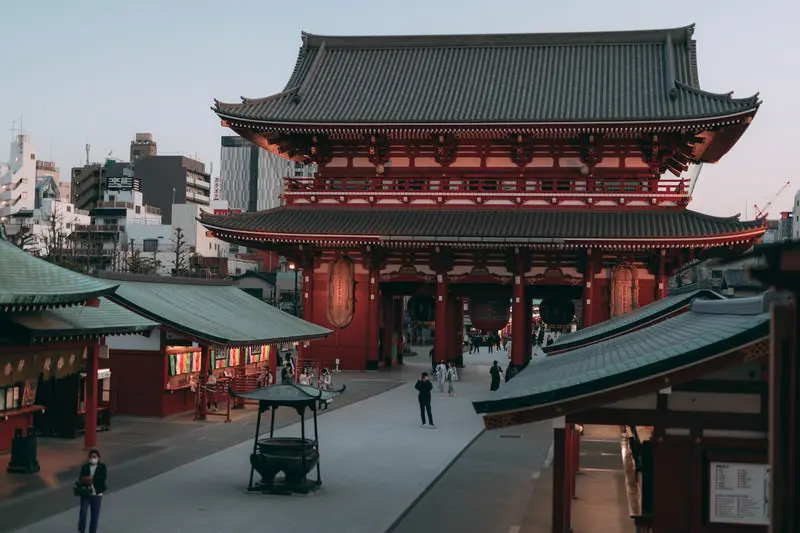
Answer (Tap or click)
3. A Shintō shrine
Explanation:
Tricky one — especially if you know a bit about Japanese religion.
Yes, Buddhism (temples) and Shintō (shrines) are separate faiths.
Yet, right next to Sensō-ji stands Asakusa Shrine, a Shintō shrine dedicated to the three men who founded the temple itself.
This reflects Japan’s traditional concept of Shinbutsu-shūgō — the blending of Buddhism and Shintō,
a practice once so common that shrines and temples often shared the same grounds.
Even today, many Japanese people visit both shrines and temples without thinking twice.
It may look inconsistent, but it’s really a reflection of Japan’s uniquely flexible approach to faith.
Q4 That Company
The Kaminarimon Gate once burned down in the 19th century,
and the current one is a postwar reconstruction.
Look closely under its iconic red lantern, and you’ll find a small logo engraved there —
belonging to which company?
(Difficulty: ★★★☆☆)
- Sony
- Panasonic
- Toyota

Answer (Tap or click)
2. Panasonic
Explanation:
The enormous lantern at Sensō-ji’s Kaminarimon Gate was donated in 1960 by Konosuke Matsushita,
the founder of Matsushita Electric (松下電器) — today known as Panasonic.
On the underside of the lantern, you can still see the old company name “松下電器” (Matsushita Electric) engraved in kanji,
a humble mark of gratitude for funding the gate’s reconstruction.
Weighing about 700 kilograms (1,500 lbs), the lantern can be detached during typhoons for safety,
and Panasonic engineers are said to assist in its maintenance even today.
A subtle reminder that in Japan, faith and industry have long illuminated each other.
Q5 At a Temple?!
In the late 19th century, an unexpected show was once held inside the grounds of Sensō-ji Temple.
What was it?
(Difficulty: ★★★★★)
- A circus
- A sumo tournament
- A flea market
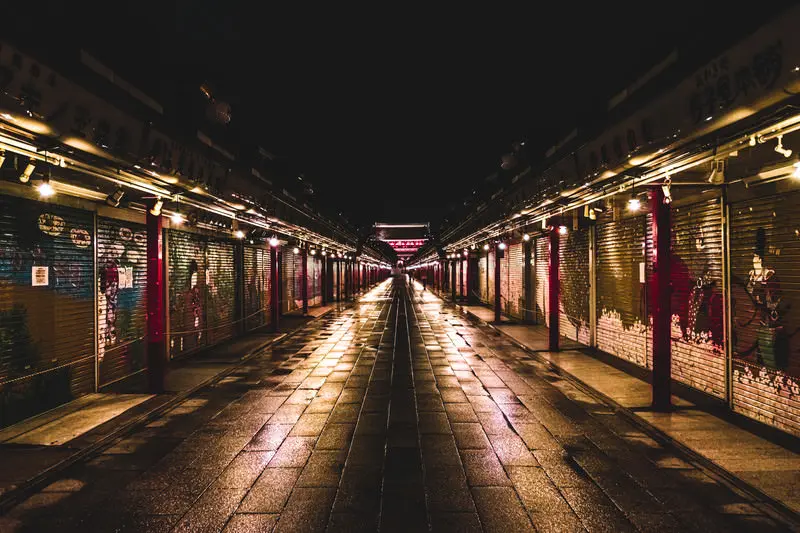
Answer (Tap or click)
1. A circus
Explanation:
In 1872 and 1873, during Japan’s early fascination with Western entertainment,
a French circus troupe performed right inside Sensō-ji’s temple grounds.
It was a huge hit — but not without incident.
According to local records, one of the troupe’s monkeys escaped and injured a nearby resident,
prompting temple officials to issue a stern warning.
The idea of a circus at a Buddhist temple may sound absurd today,
but back then, Asakusa was Tokyo’s center of both faith and fun —
a place where sacred rituals and sideshows could share the same stage.
2. Reflection
Even Japan’s most famous tourist spots have their little-known sides —
and Sensō-ji is no exception.
Next time you visit Asakusa, take a moment to step into Yōgō-dō (影向堂),
and if you’re feeling brave, try your luck with Sensō-ji’s notoriously “hard-mode” fortune slips.
In this series, we’ll keep uncovering the hidden sides of Japan’s most iconic places and traditions.
Stay tuned for Vol.2 — you might be surprised by what’s hiding in plain sight.

